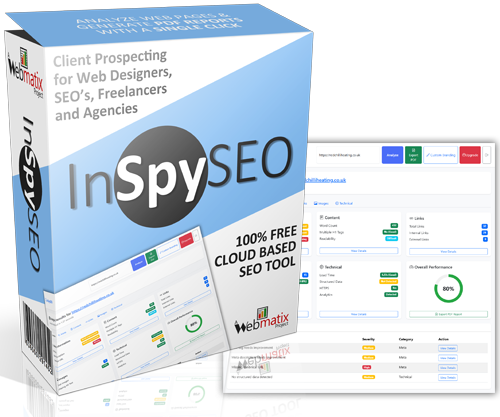Measuring Success of Marketing Automation Campaigns
In today’s fast-paced digital landscape, businesses are increasingly turning to marketing automation to streamline their efforts and maximize efficiency. However, simply implementing a marketing automation system is not enough. To truly harness its potential, you must understand how to effectively measure the success of your marketing automation campaigns. In this article, we will explore the key metrics and methods for evaluating your campaigns, ensuring you can make informed decisions and optimize your future strategies.
Why Measure Success?
Measuring the success of your marketing automation campaigns is crucial for several reasons:
- Performance Tracking: Understanding what works and what doesn’t allows you to refine your strategies.
- ROI Calculation: Measuring success helps determine the return on investment (ROI) of your marketing efforts.
- Audience Insights: Analyzing campaign data provides valuable insights into your audience’s preferences and behaviors.
- Resource Allocation: Knowing which campaigns are successful helps allocate resources effectively.
Key Metrics to Measure
When measuring the success of your marketing automation campaigns, focus on the following key metrics:
1. Conversion Rate
The conversion rate is one of the most critical metrics to track. It measures the percentage of leads that take a desired action, such as making a purchase or signing up for a newsletter.
Formula: Conversion Rate = (Number of Conversions / Total Visitors) x 100
2. Open Rate
The open rate indicates how many recipients opened your email. A higher open rate suggests that your subject lines are compelling and your audience is engaged.
Formula: Open Rate = (Emails Opened / Emails Sent) x 100
3. Click-Through Rate (CTR)
CTR measures the percentage of people who clicked on a link within your email or marketing content. This metric helps gauge the effectiveness of your messaging and call-to-action.
Formula: CTR = (Clicks / Emails Delivered) x 100
4. Customer Acquisition Cost (CAC)
CAC measures the cost associated with acquiring a new customer. This metric is essential for understanding the efficiency of your marketing campaigns.
Formula: CAC = Total Marketing Expenses / Number of New Customers
5. Customer Lifetime Value (CLV)
CLV estimates the total revenue a customer will generate during their relationship with your business. Comparing CLV to CAC provides insights into the profitability of your marketing efforts.
Formula: CLV = Average Purchase Value x Average Purchase Frequency x Average Customer Lifespan
6. Engagement Metrics
Engagement metrics, such as social shares, comments, and likes, can provide insight into how well your content resonates with your audience. High engagement often correlates with higher conversion rates.
Methods to Measure Success
Now that we’ve outlined the key metrics, let’s discuss the methods for measuring the success of your marketing automation campaigns:
1. A/B Testing
A/B testing involves creating two versions of a campaign to see which performs better. By testing different subject lines, content, or call-to-action buttons, you can gather data on what resonates most with your audience.
2. Analytics Tools
Utilize analytics tools such as Google Analytics, HubSpot, or Marketo to track your campaign performance. These tools provide comprehensive data on user behavior, allowing you to analyze metrics easily.
3. Lead Scoring
Implement a lead scoring system to evaluate and prioritize leads based on their behavior and engagement levels. Higher scores indicate more qualified leads, enhancing your targeting efforts.
4. Surveys and Feedback
Collect feedback from your audience through surveys to gain insights into their experiences with your campaigns. This qualitative data can complement quantitative metrics for a holistic view of success.
Best Practices for Optimizing Campaigns
Once you’ve measured your campaign’s success, it’s essential to optimize future efforts. Here are some best practices:
- Segment Your Audience: Tailor your messages to specific audience segments for higher engagement and conversion rates.
- Personalize Content: Use dynamic content to create personalized experiences for your audience, enhancing their connection with your brand.
- Regularly Review Metrics: Continuously monitor key metrics to identify trends and areas for improvement.
- Stay Updated: Keep abreast of industry trends and changes in consumer behavior to adapt your strategies accordingly.
Conclusion
Measuring the success of your marketing automation campaigns is essential for refining your strategies and maximizing ROI. By focusing on key metrics such as conversion rates, open rates, and customer lifetime value, you can gain valuable insights into your audience’s behavior. Utilizing methods like A/B testing and analytics tools will further enhance your ability to evaluate and optimize your campaigns. With these practices in place, you’ll be well-equipped to drive success in your marketing automation efforts.
Remember, the key to successful marketing automation lies not just in implementation but in continuous measurement and optimization.

Leave a Reply